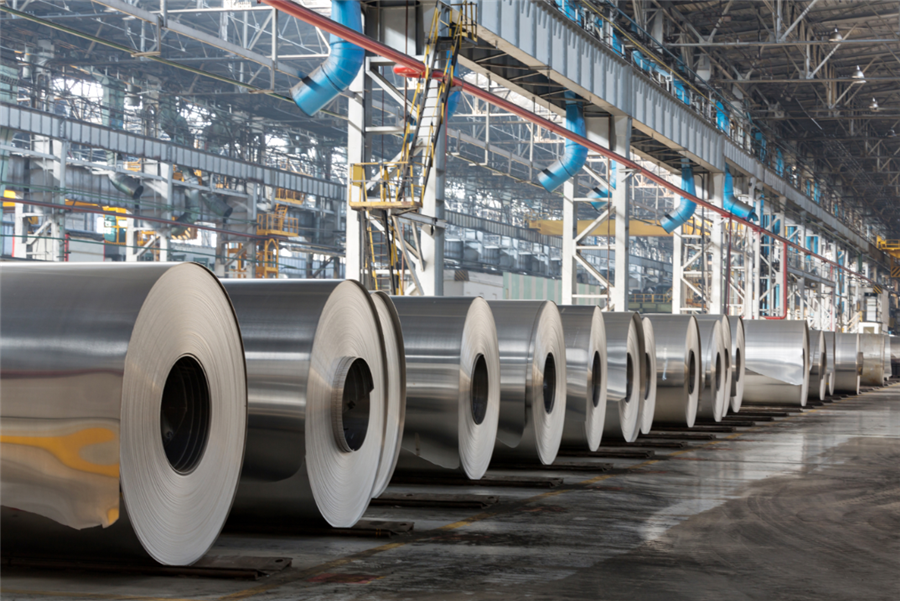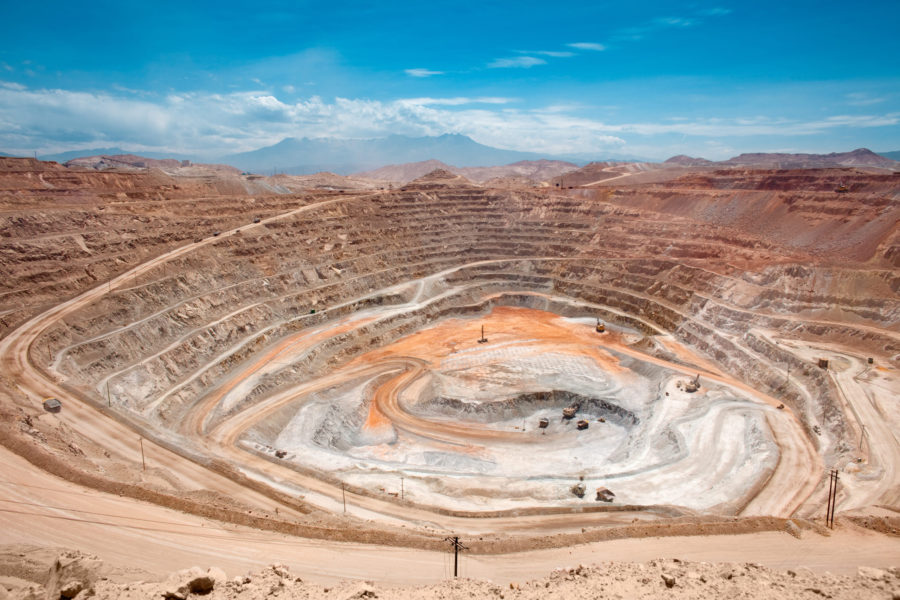China Jan-Feb aluminum output rises on new capacity increase

China’s aluminum production rose 8.4% in the first two months of 2021 compared with the same period last year, official data showed on Monday, as smelters added new capacity and cashed in on soaring prices.
Primary aluminum output in China, the world’s biggest aluminum producer, was 6.45 million tonnes in January and February combined, the National Bureau of Statistics said. It combined data for the first two months to account for the distortions of the week-long Lunar New Year holiday.
The data suggests output averaged around 109,300 tonnes per day in January-February, setting a new daily record, versus around 105,400 tonnes per day in December and beating the previous record of about 106,000 tonnes in November.
A strong recovery in China’s aluminum demand since the coranavirus-led collapse in early 2020 had already pushed prices way above smelters’ break-even levels
CRU analyst Wan Ling said the rise was mainly due to last year’s capacity increases in the southwestern Yunnan province and Inner Mongolia.
China added 220,000 tonnes of annual aluminum production capacity in January and February, all of it in the emerging smelting hub of Yunnan province in Southwest China, according to consultancy Aladdiny.
Shanghai aluminum prices fell 3.3% in January but surged 16.3% in February to hit 9-1/2-year highs above 17,500 yuan per tonne at the end of the month. The rally was driven by concerns restrictions on new capacity in China’s Inner Mongolia region would leave the market short of supply.
A strong recovery in China’s aluminum demand since the coranavirus-led collapse in early 2020 had already pushed prices way above smelters’ break-even levels, giving them an incentive to produce as much metal as possible.
In 2021, China’s net increase of aluminum capacity would be 1.33 million tonnes per year, said CRU’s Wan, adding that CRU’s projection for 2021 capacity stood at 47.83 million tonnes per year.
“The new capacity will mainly come from Yunnan in 2021,” she said.
Meanwhile, output of 10 nonferrous metals – including copper, aluminum, lead, zinc and nickel – rose 10.6% year-on-year in January-February to 10.56 million tonnes, the bureau said.
This group also includes tin, antimony, mercury, magnesium and titanium.
(By Tom Daly and Emily Chow)
More News
Resouro boosts titanium resource by 37% at Tiros project in Brazil
Total resources are now 1,400 Mt1 at 12% TiO₂ and 4,000 ppm TREO, the company said.
April 09, 2025 | 04:37 pm
Prime Minister Mark Carney vows to speed permits, make Canada energy superpower
The Liberal Party leader said at a campaign stop in Calgary that his government would create a Major Federal Project Office with a “one project, one review” mandate.
April 09, 2025 | 03:34 pm
Peru mining chamber sees copper output up 2-4% this year
That would put Peru's copper production between 2.79 million and 2.85 million metric tons.
April 09, 2025 | 02:53 pm
{{ commodity.name }}
{{ post.title }}
{{ post.excerpt }}
{{ post.date }}




Comments